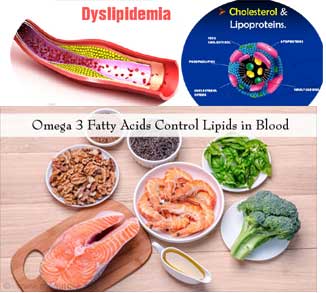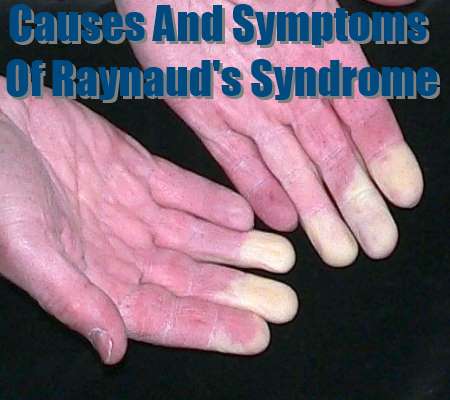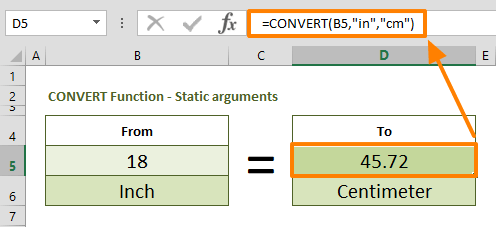The question of what causes low blood pressure is a common one among doctors and patients alike
There are several factors that can be the cause of the condition but the most common culprit is cholesterol buildup. There are some lifestyle changes that can help you control your cholesterol and this can also help lower your blood pressure.
Cholesterol is a fatty substance that floats in the bloodstream and is responsible for transporting oxygen to different parts of the body. Too much cholesterol in the bloodstream, however, can cause heart disease and other serious conditions. The good cholesterol, or low-density lipoproteins, is what causes low blood pressure and this is why the condition is often called 'cholesterol disease'. Cholesterol also helps protect the brain and other organs from damage caused by free radicals that are created when your body breaks down other substances.
Many people don't realize that the foods they eat can actually cause low blood pressure and this is not only true for fast food, but for many processed foods and even tea. If you eat a lot of fatty foods that are high in cholesterol, you could be causing your blood pressure to increase because of all the cholesterol in your body.
One of the best things you can do to change your diet is to reduce the amount of fat that you consume in your diet. This may seem like it would reduce your cholesterol by quite a large amount, but in fact this does nothing to control your blood pressure. Instead, it may increase your risk for heart attack and stroke. It's important to focus on reducing the amount of saturated fats in your diet and the amount of monounsaturated fats and polyunsaturated fats. You should also limit your intake of alcohol and caffeine, because these substances have been shown to increase cholesterol.
When you're trying to control your cholesterol, you should also consider exercising as it can be a very good idea to do more of it. When you exercise, it improves your circulation, which in turn helps to improve your heart health. There are several kinds of exercise you can do including walking, swimming and even running but any form of physical activity can help.
There are several ways you can reduce your stress so that you can stay healthier. Stress can cause your blood pressure to increase and you should try to avoid stressful situations like trying to work in a large office and so forth.
Exercising on a regular basis is also a good idea so that you can lose weight. Exercise also improves your overall health. In order to increase the amount of weight that you lose you will need to make sure that you get plenty of protein, water and vitamins through your diet, so eating lots of fruits, vegetables and whole grains.
There are a few things that cause low blood pressure and one of them is cholesterol, and these can be prevented by making healthy food choices and limiting your consumption of fat. By keeping your stress levels in check, exercising and eating a healthy diet, and avoiding fat, you can lower your cholesterol and thus lower your blood pressure. If you are at all concerned, you should talk to your doctor about your condition.




